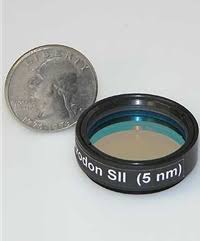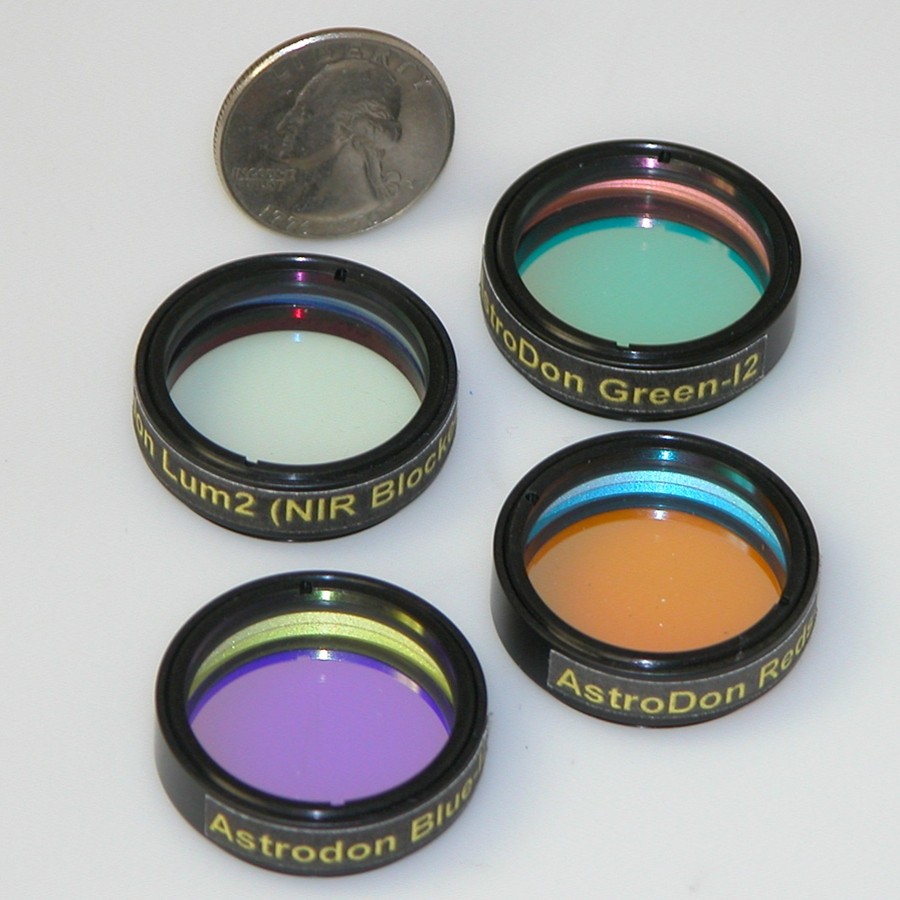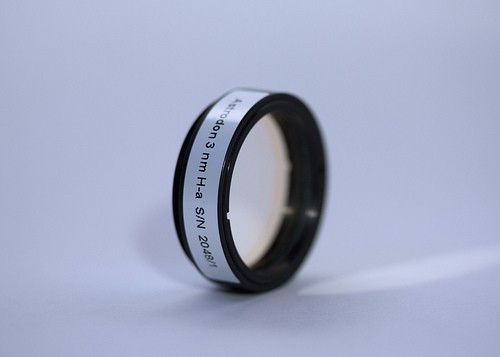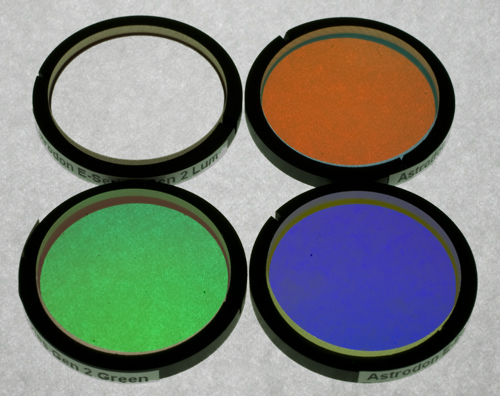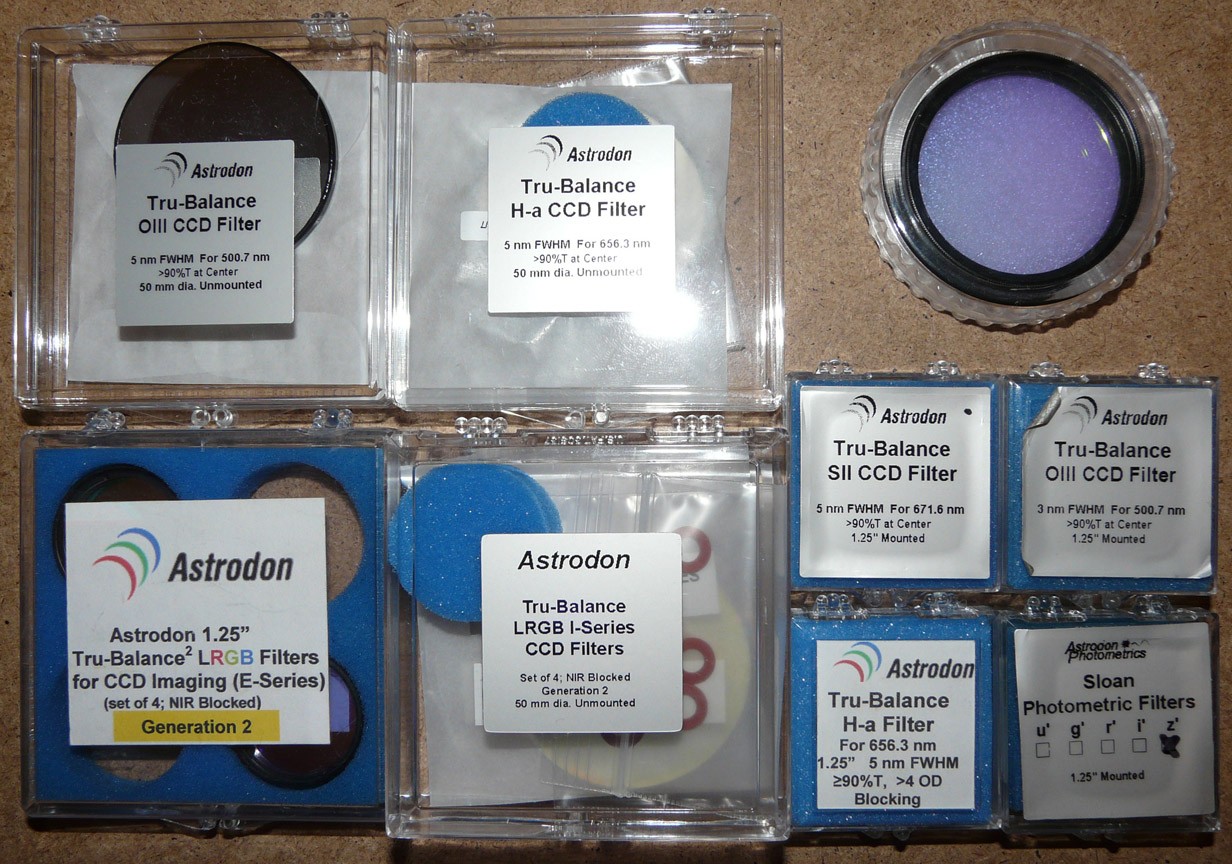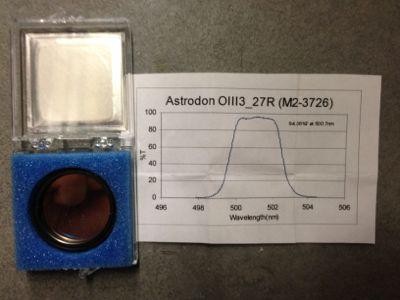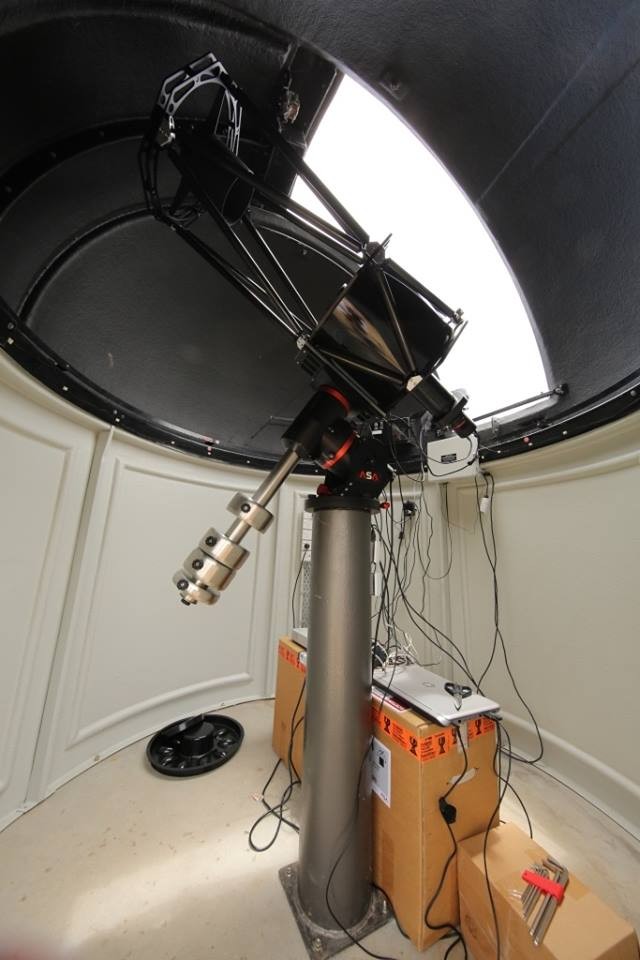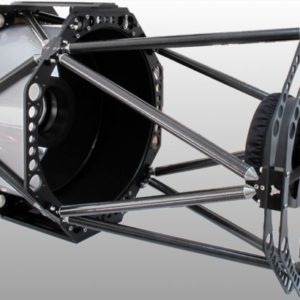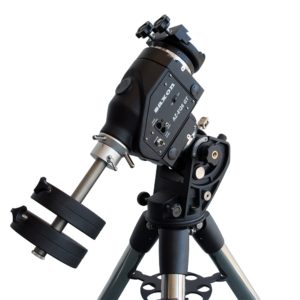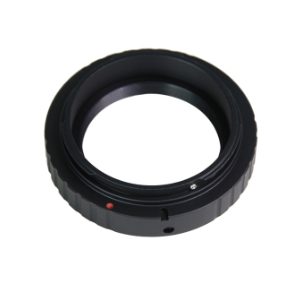Description
The world’s best Narrowband astroimaging filters.
Available in 3 nM and 5 nM bandpass options.
Sizes available:
* 1.25 inch mounted in aluminium threaded cell to direct connect to your other astronomy gear
* 36mm diameter round to place into Filter Wheels of CCD Cameras in their filter cell housing
* 49.7mm diameter round to place into Filter Wheels of CCD Cameras in their filter cell housing
* 49.7mm X 49.7mm Square to place into Filter Wheels of CCD Cameras in their filter cell housing
* 65mm X 65mm Square to place into Filter Wheels of CCD Cameras in their filter cell housing
Narrowband (NB) filters enhance contrast of emission objects by accepting only a narrow range of wavelengths around the emission lines of hydrogen (H-a, 656 nm), oxygen (OIII, 501 nm), sulfur (SII, 672nm) and others. They can be used to image when the moon is up, thereby extending imaging time. They can be used in light-polluted locations.
The narrow range of wavelengths is defined as the FWHM (full-width at half- maximum intensity). Narrower filters decrease the background noise. However, narrower filters are more difficult to manufacture consistently, and are thus more expensive. Furthermore, it is difficult to maintain high transmission through the bandpass of the filter as it becomes narrower. If the peak transmission decreases as the filter is made narrower, the emission signal decreases and the gain in S/N (signal-to-noise) is not realized.
Astrodon has achieved this goal of high transmission for narrower filters. The 3 nm FWHM filters are stocked and are not custom ordered. The 3 nm OIII filter provides the best protection from the effects of moonlight, producing half the background signal of a 90% T, 6 nm FWHM filter, resulting in an increase in S/N of ~21%. This will even be larger in comparison to wide 7 or 8 nm FWHM filters. The 3 nm FWHM filters are stocked by Astrodon USA and are not custom ordered, so they are readily available.
The 3 nm OIII filter provides the best protection from the effects of moonlight, producing half the background signal of a 90% T, 6 nm FWHM filter, resulting in an increase in S/N of ~21%. This will even be larger in comparison to wide 7 or 8 nm FWHM filters. Most imagers do not realize that their 4.5 – 10 nm FWHM H-a filter for 656.3 nm also includes NII emission at 658.4 nm. These emission lines are so close together that only a filter with 3 nm or less FWHM can readily separate their signals.
Professional astronomy papers will state H-a + [NII], signifying that data from both emission lines are combined in the signal. The brackets refer to [NI]I as a forbidden transition, such as [OIII]. Many objects are enriched in nitrogen and have [NII] emission, such as planetary nebula, Wolf-Rayet bubbles and supernova remnants. The Dumbbell Nebula, M27, is a classic example.
The emissions from 3nm Astrodon OIII, SII, H-a and NII shown below are significantly different. It is often asked whether the benefits of the narrower 3 nm filters are worth the extra cost over wider filters. Besides minimizing the effect of moonlight and light pollution, a primary goal for selecting the narrower filter is to increase the contrast in the shortest possible imaging time.
This is a custom selected product – pricing and shipment cost is available on request exclusively – with thanks.


